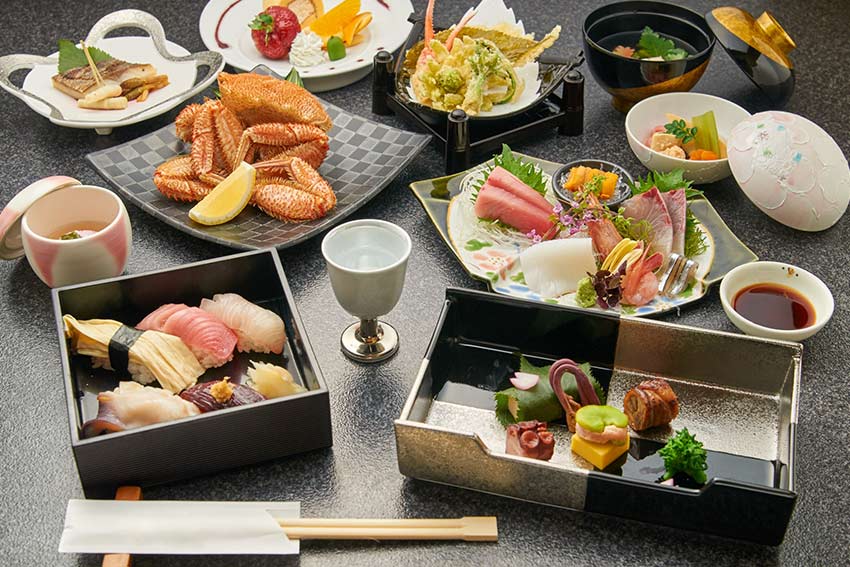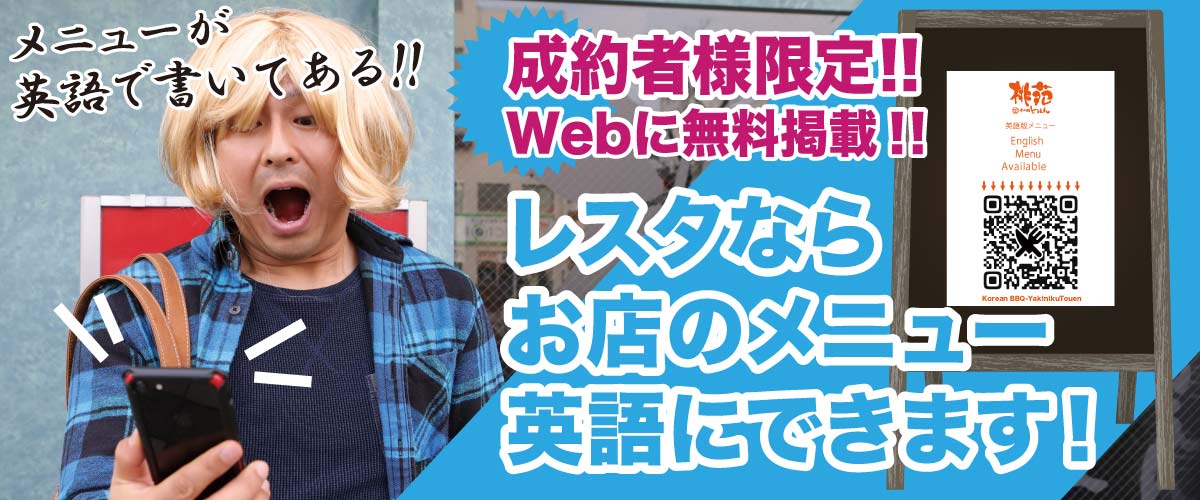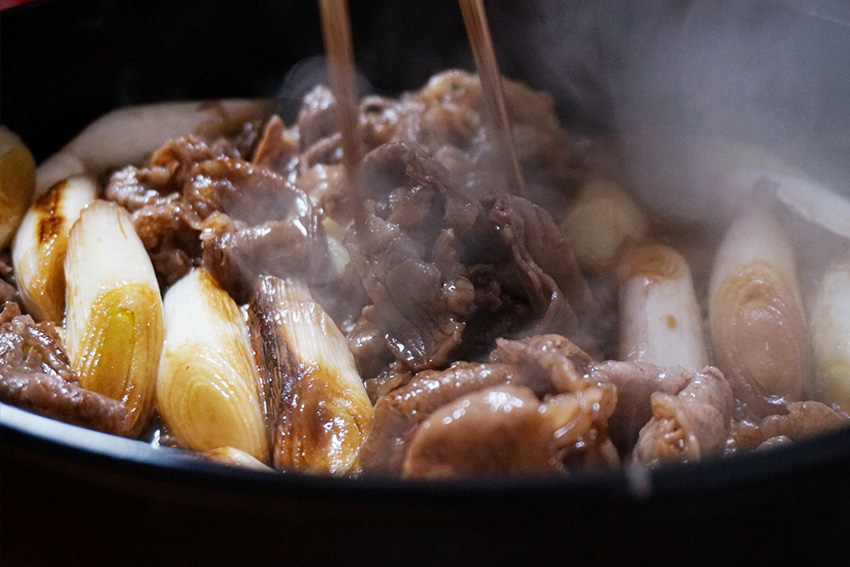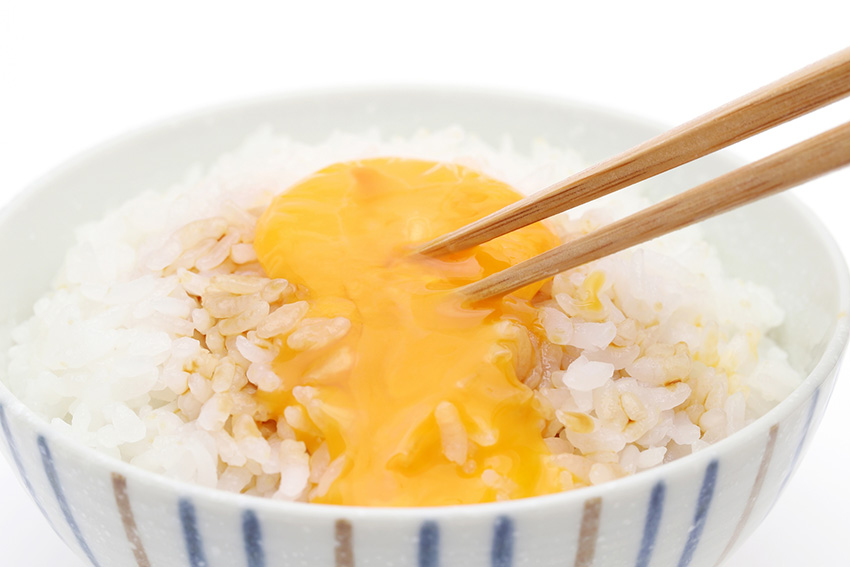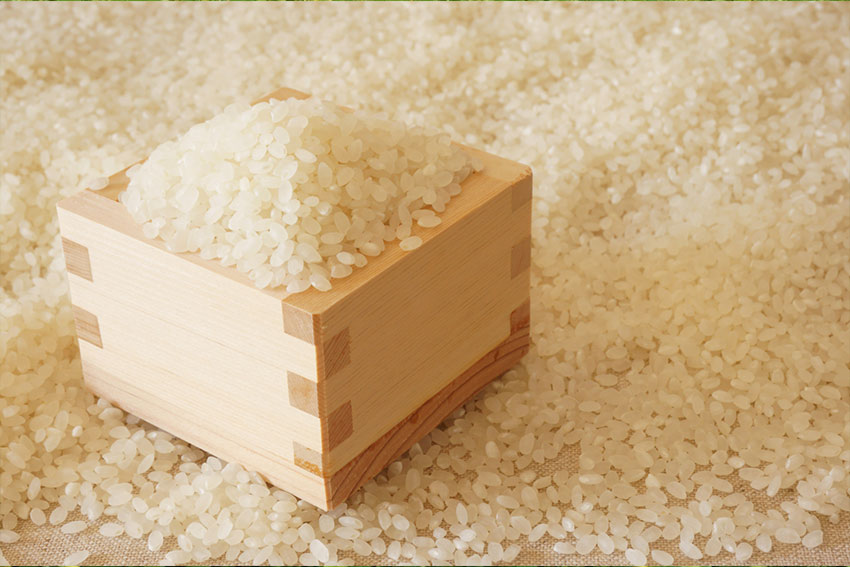There are meanings about the order of dishes.How to eat a Kaiseki-course meal.
Kaiseki cuisine, kaiseki-course meal...do you know what it is? Kaiseki cuisine is served at the banquet. . In the formal seat that comes out one dish one by one, You would be nervous when you wonder what will be brought to you next. Here, I will introduce the meanings about dishes in a Kaiseki-course meal.
Order of Cooking
1, 先付 Sakizuke (appetizer/starter/amuse-bouche)
Yes, it is the appetizer. You eat it with the chopsticks. If it is in a small bowl, you can hold the small bowl with your other hand and eat the appetizer . You may use your hands if chopsticks doesn't work to some small beautiful crafted food.
2, 吸い物 Suimono (soup)
It will be served after Sakizuke dish.You open the cover and drink, close when you finish.
3, 向付 Mukouzuke (sashimi)
It is a sashimi ,sliced raw fish, plate. Fresh fish of the season is served. You eat white fish, shell fish, then red fish. Normally the decoration is like that, the white fish is in front of you, then the shell fish and the red fish at the last. And also sometimes you eat it in the order of the Left front, the right front, the center, and the back so as not to disturb the presentation.
4, 焼き物 Yakimono (grilled plate)
Seasonal fish are served include fillets and tails. Sometimes shrimp and scallop are grilled too. If it is difficult to eat, you may eat with your hands. Meat may be served.
5, 煮物 Nimono (simmered dish)
A simmered vegetables of the season. Seasoned by soy sauce.If the bowl is small, hold it by the hand, and eat it with a large vessel.
6, 揚げ物 Agemono (Fried plate)
Normally an assorted tempura dish is served. Vegetables and fish. Sometimes other fried food. It is assorted to be eaten from a candid taste first to a dark taste last. You eat from the one in the foreground so as not to disturb the enjoyment taste in your mouth. You dip a piece of tempra in a tentsuyu, the tempura sauce, but do not drip the sauce. Because it is not looks cool.
7, 蒸し物・酢の物 Mushimono/Sunomono (steamed dish, vinegared dish)
Steamed egg custard is often served. The water droplets on the lid are taken inside the vessel by touching the edge of the vessel. And then the lid is placed next to the vessel. You scoop it from the front then eat. Careful, it's piping hot. However do not blow because it is a bad manner. Wait and let it cool by itself. When you finished eating, close the lid. Vinegared food have a role to freshen your tongue. You eat slowly and enjoy the taste. Please eat it without eating at a time even if the amount is small.
8, ご飯・止め椀・香の物 Gohan/Tomewan/Oshinko (rice,miso soup,pickles)
This is the end of the course. Now you stop drinking sake. Eat only pickles, eat only rice etc... are uncool. Eat some rice, some pickles, and some rice again, then a sip of the soup...eat like rotate.
9, 水菓子・甘味 Mizugashi/Kanmi (Japanese sweets, fresh fruits)
A dessert is served at the end. Normally a Japanese sweet and seasonal fruits.Tea will be served at the end of the meal.
At the end
The taste, the order of the dishes and the arrangement in the vessel are all very meaningful in the Kaiseki. Japanese food is a delicate impression. If you know these meanings or reasons you would enjoy to eat more.

